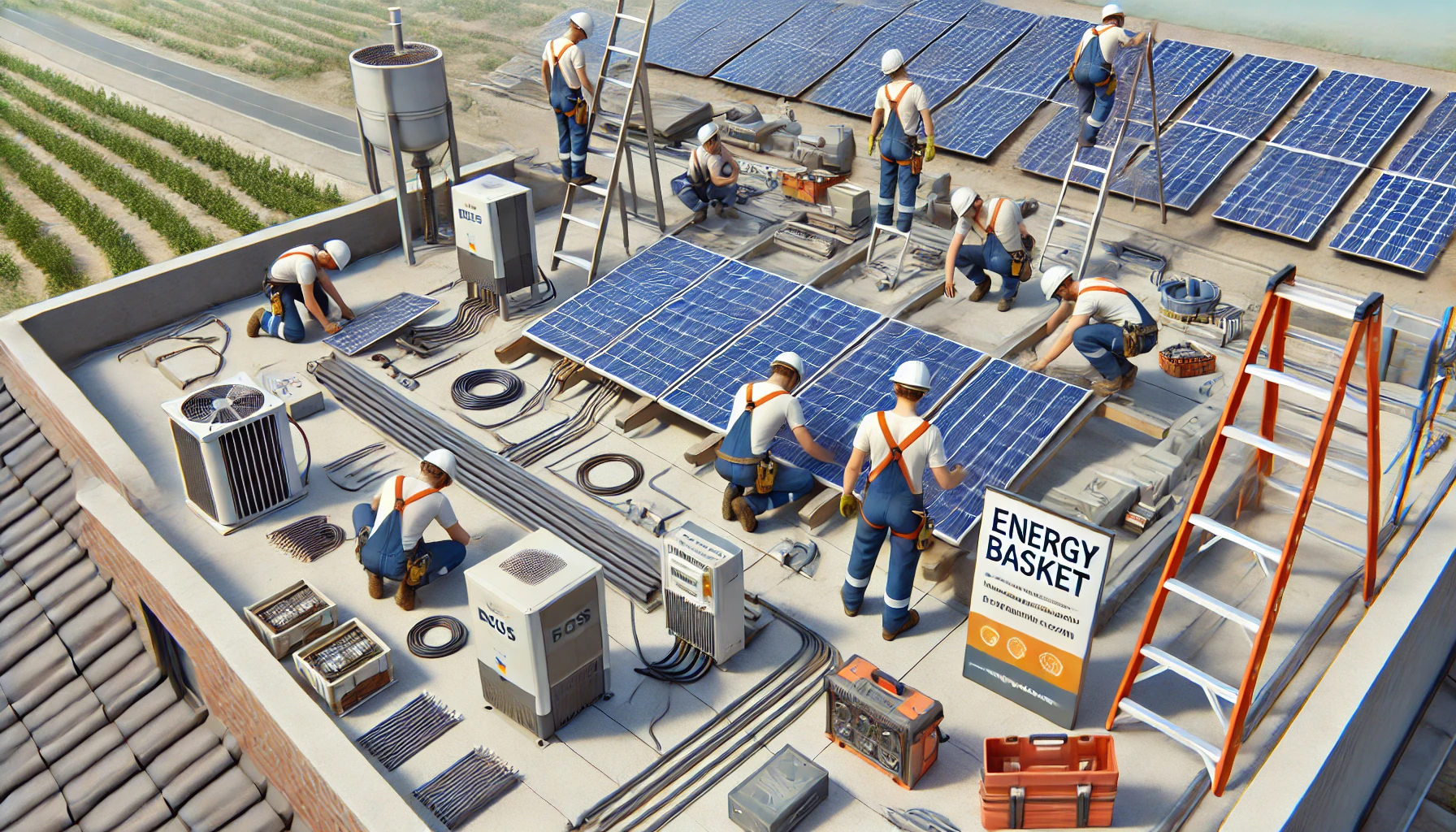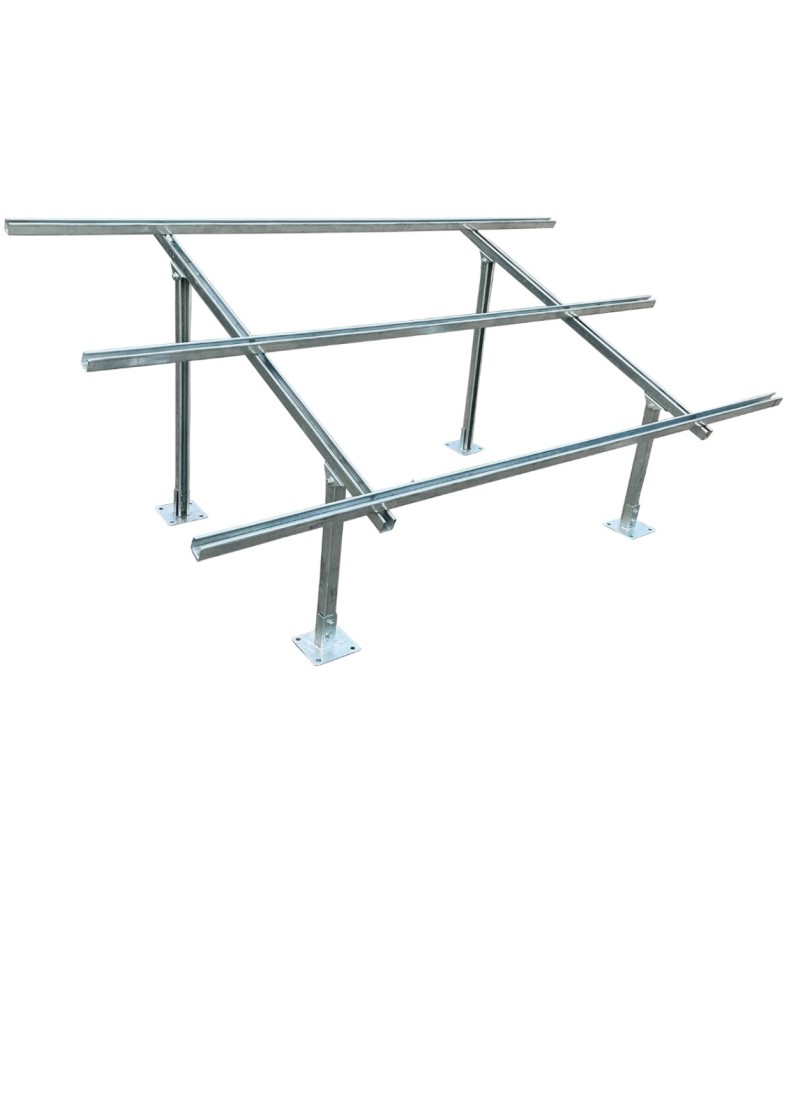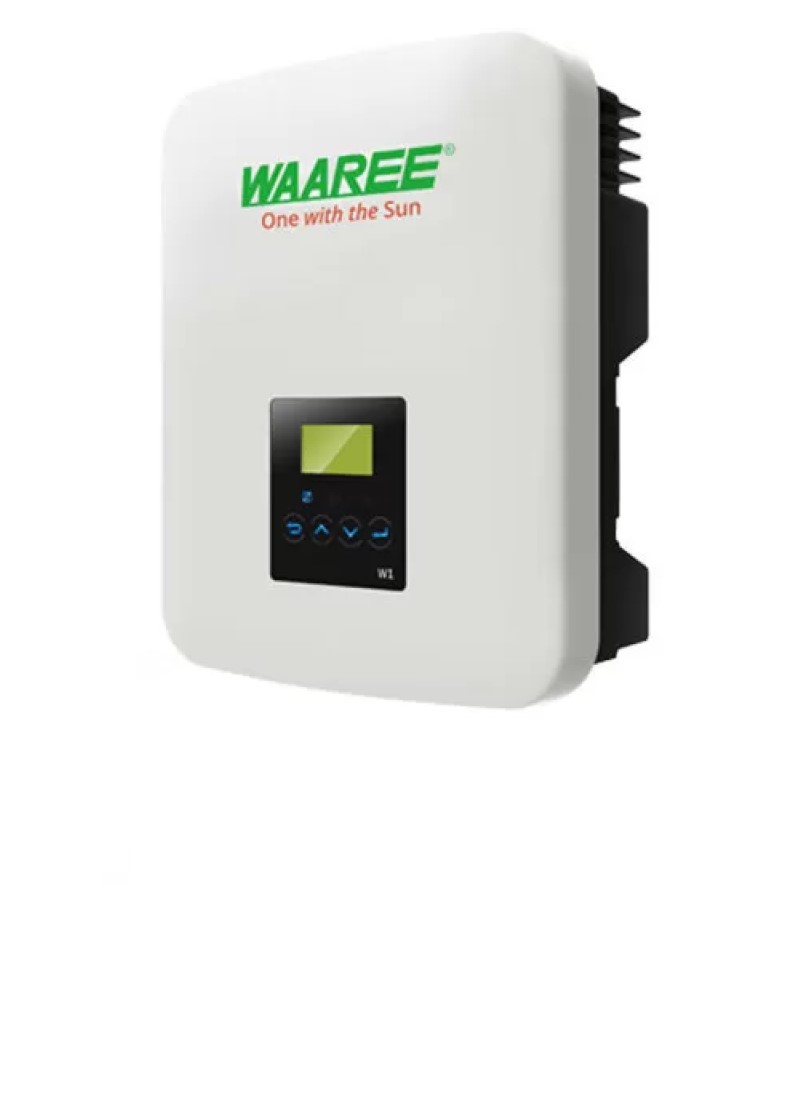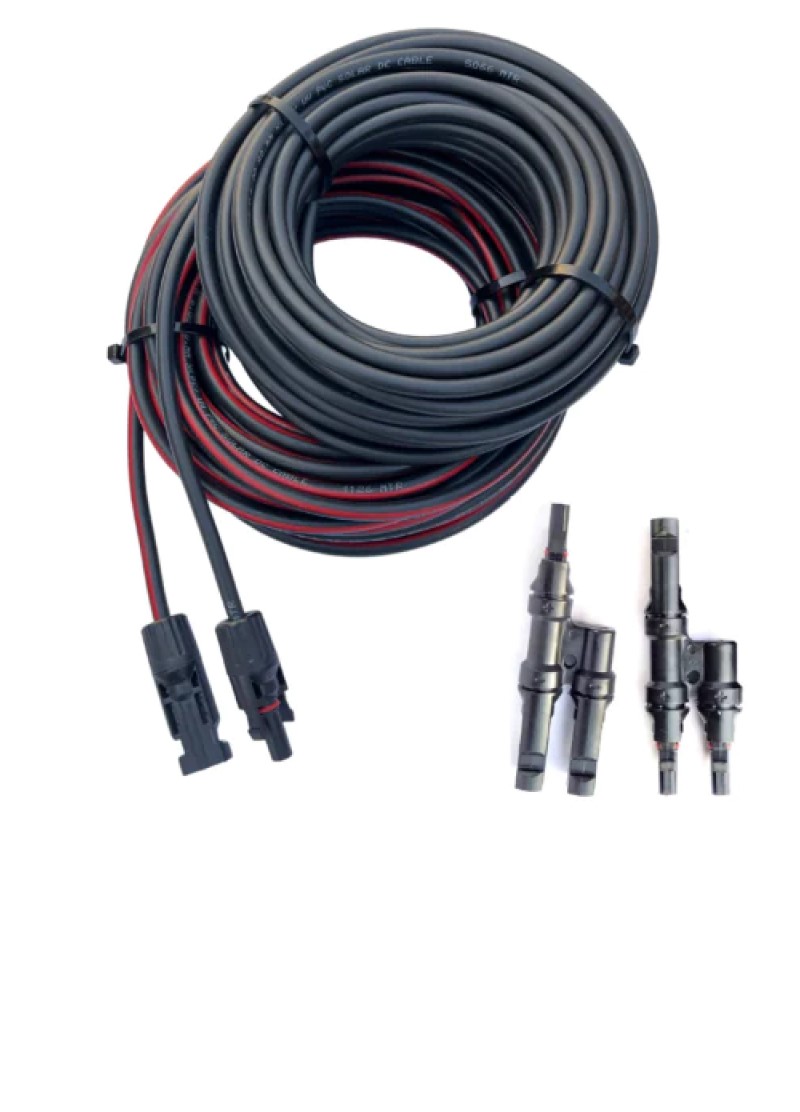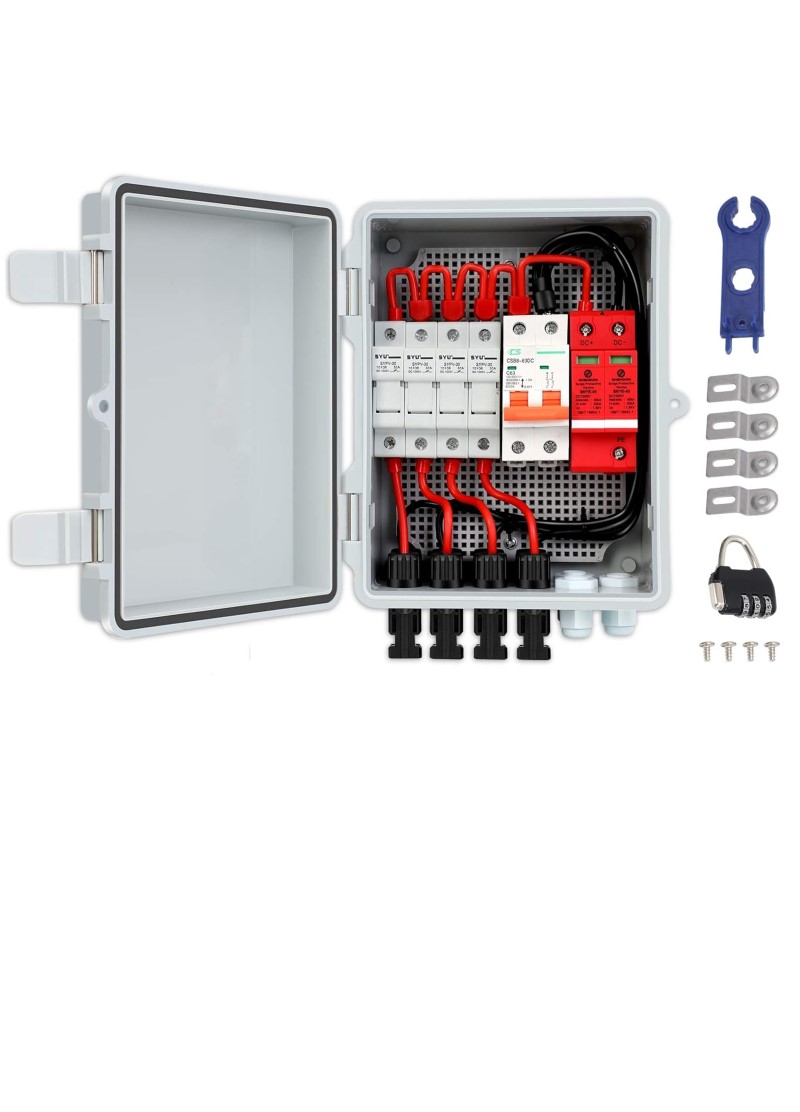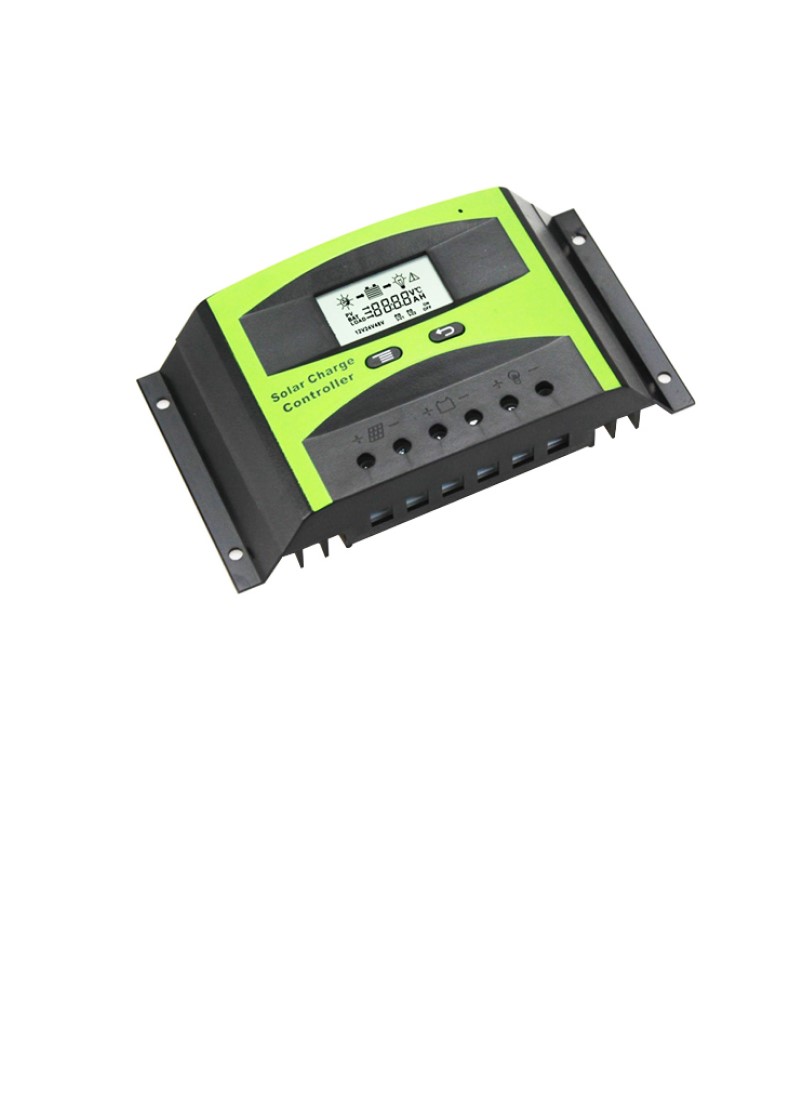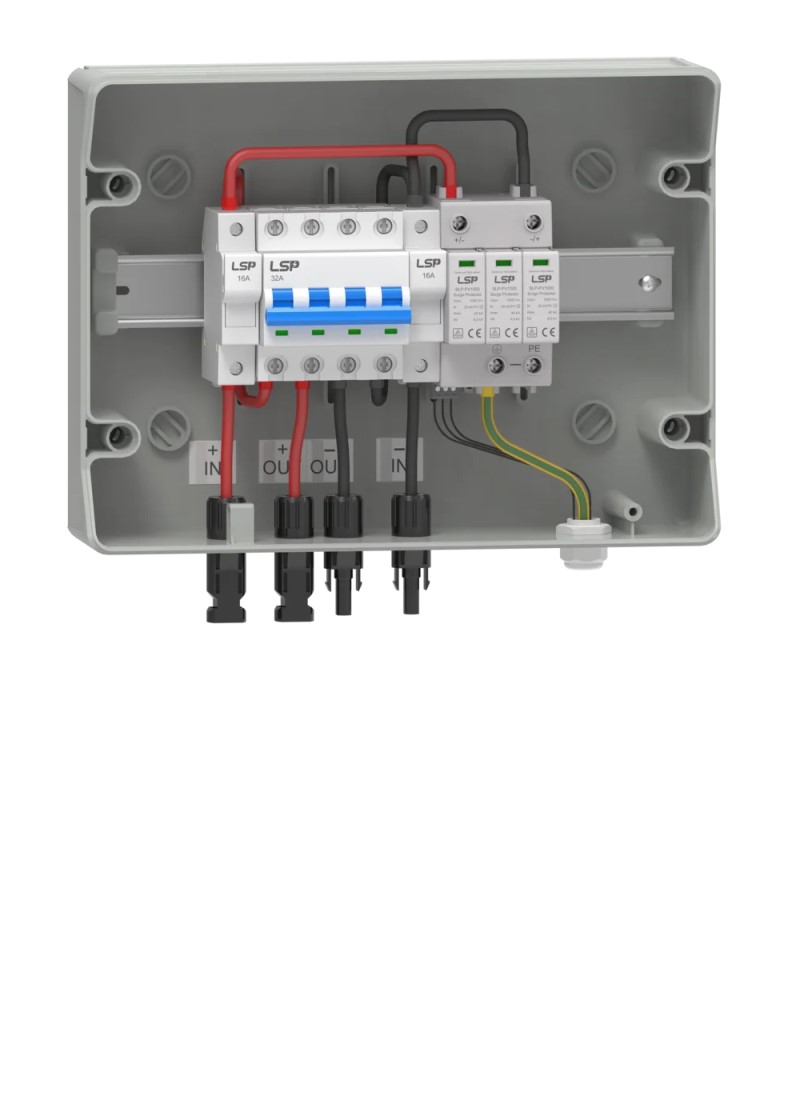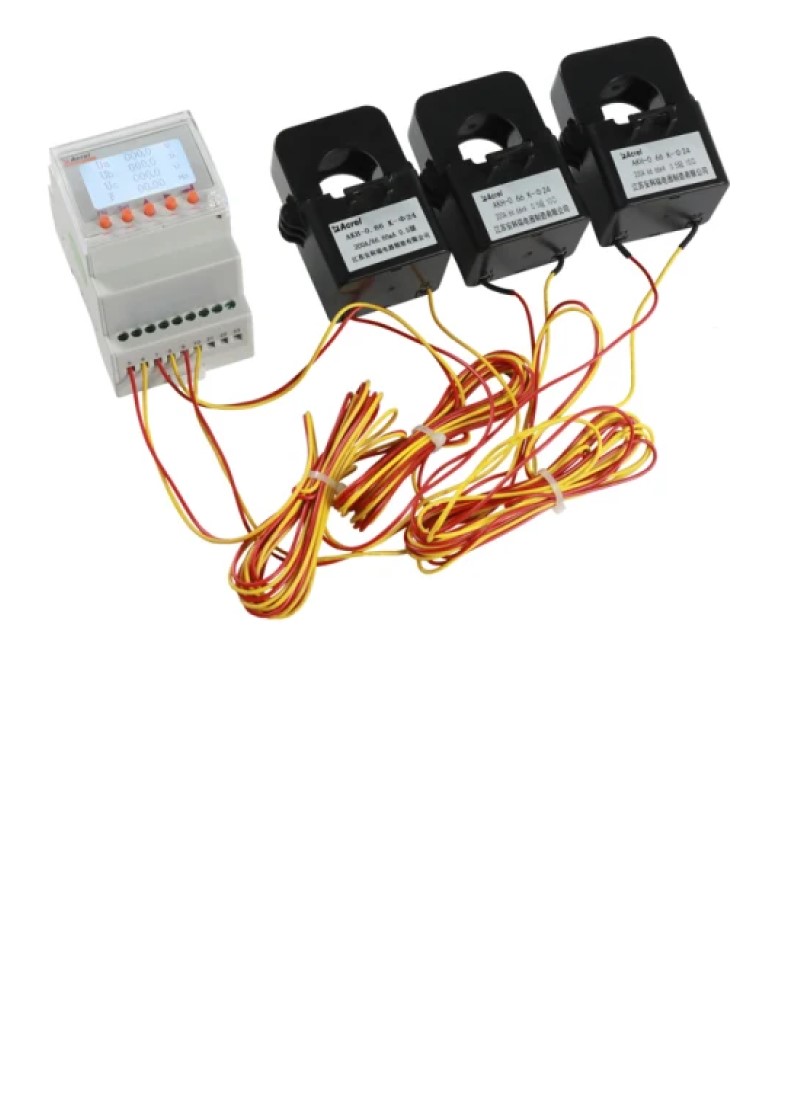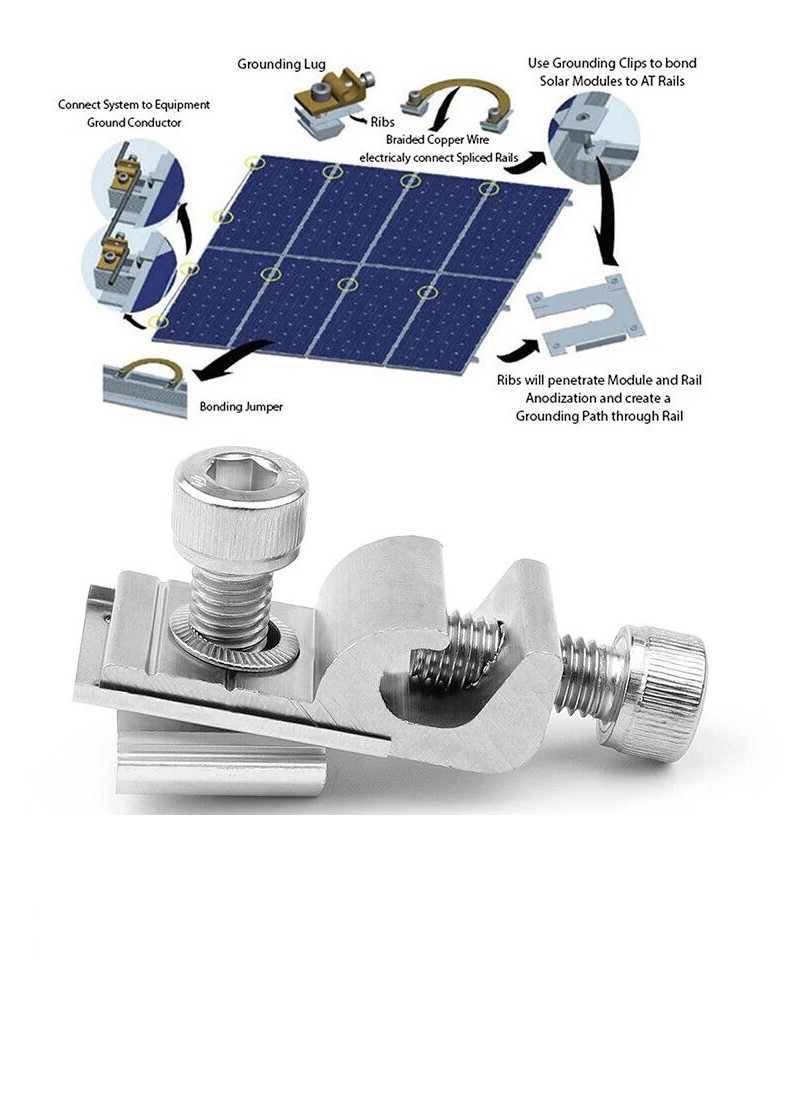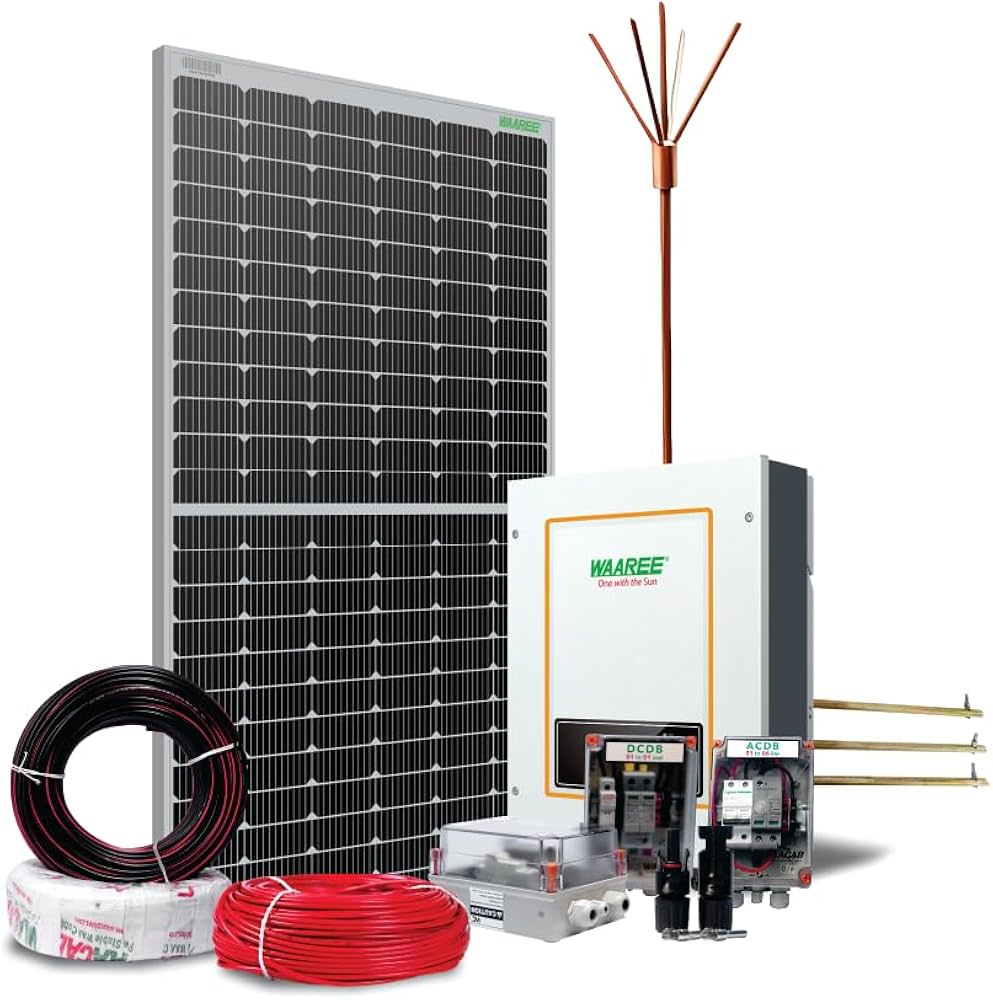Applications
- Residential Solar Installations: Rooftop solar systems for homes, including all BOS components for grid-tied or off-grid systems.
- Commercial and Industrial Solar Projects: Large-scale solar installations requiring advanced BOS solutions for high energy output.
- Solar Farms: Utility-scale installations with comprehensive BOS materials for energy generation and grid distribution.
- Off-Grid Systems: Solar power setups in remote areas requiring battery storage, inverters, and other BOS components for independent energy solutions.
Benefits of Solar BOS Materials
- Efficiency: Optimizes the conversion and distribution of solar energy, ensuring maximum power output.
- Safety: Protects the system from electrical surges, overloading, and other hazards, ensuring safe operation.
- Flexibility: Components can be tailored to the specific needs of different systems, whether residential, commercial, or industrial.
- Durability: Built to withstand harsh weather conditions, ensuring long-term performance.
- Cost-Effectiveness: Ensures optimal energy use, reducing energy waste and maximizing savings on electricity bills.
Maintenance and Support
Solar BOS materials typically require minimal maintenance, but regular checks are essential to ensure long-term efficiency and safety. Maintenance includes:
- Cleaning and inspecting solar panels for dirt, dust, and damage.
- Checking mounting structures for stability and corrosion.
- Inspecting cabling and connectors for wear and proper connections.
- Ensuring surge protectors and disconnects are functioning properly.
- Routine updates and checks on monitoring systems to ensure accurate energy tracking.
Support typically involves:
- Periodic inspections by solar technicians.
- Real-time monitoring systems that can detect performance issues early.
- Customer service and technical support for troubleshooting and maintenance.
